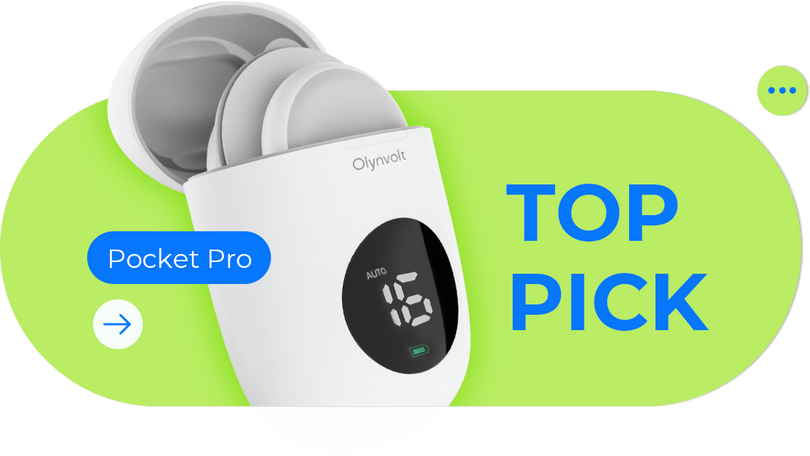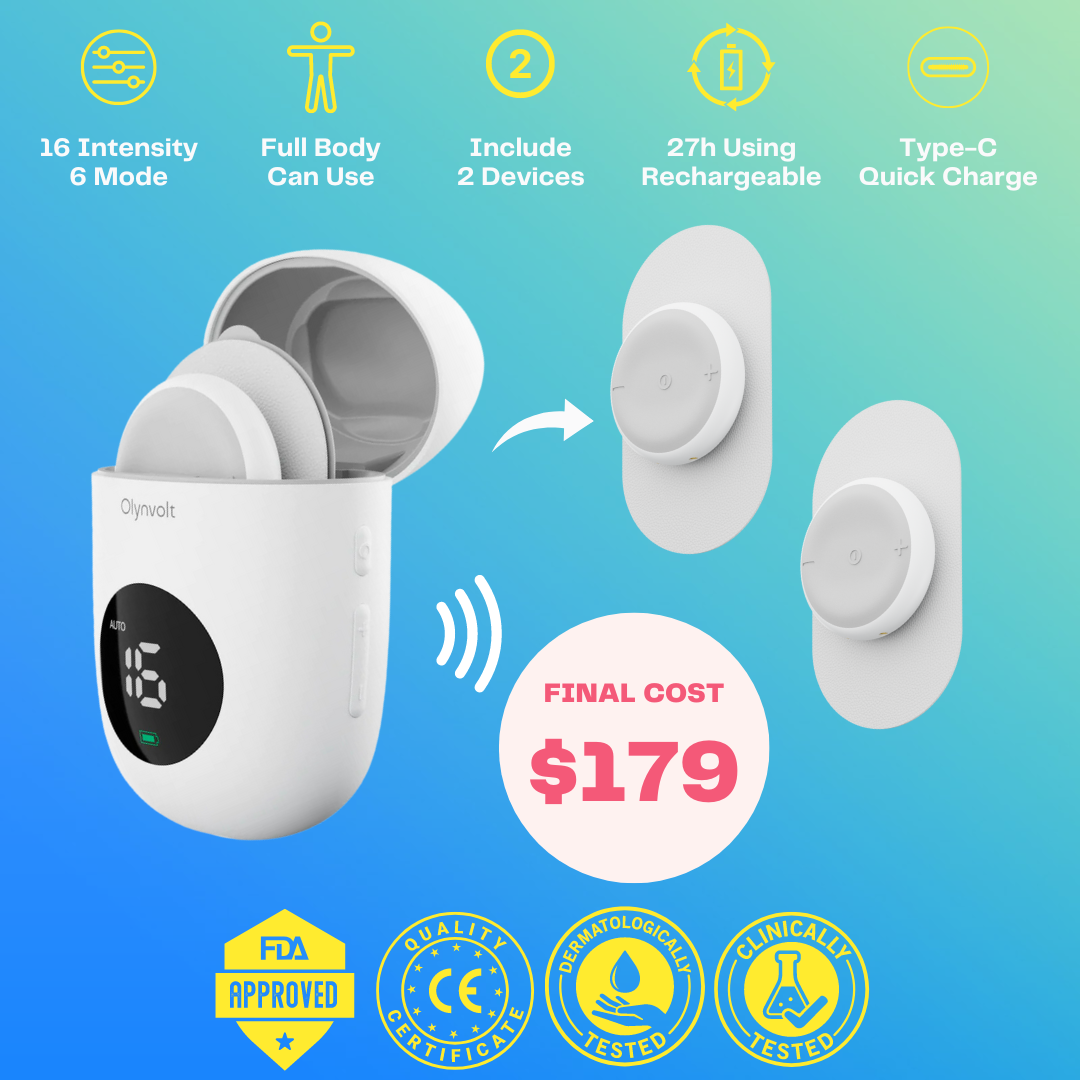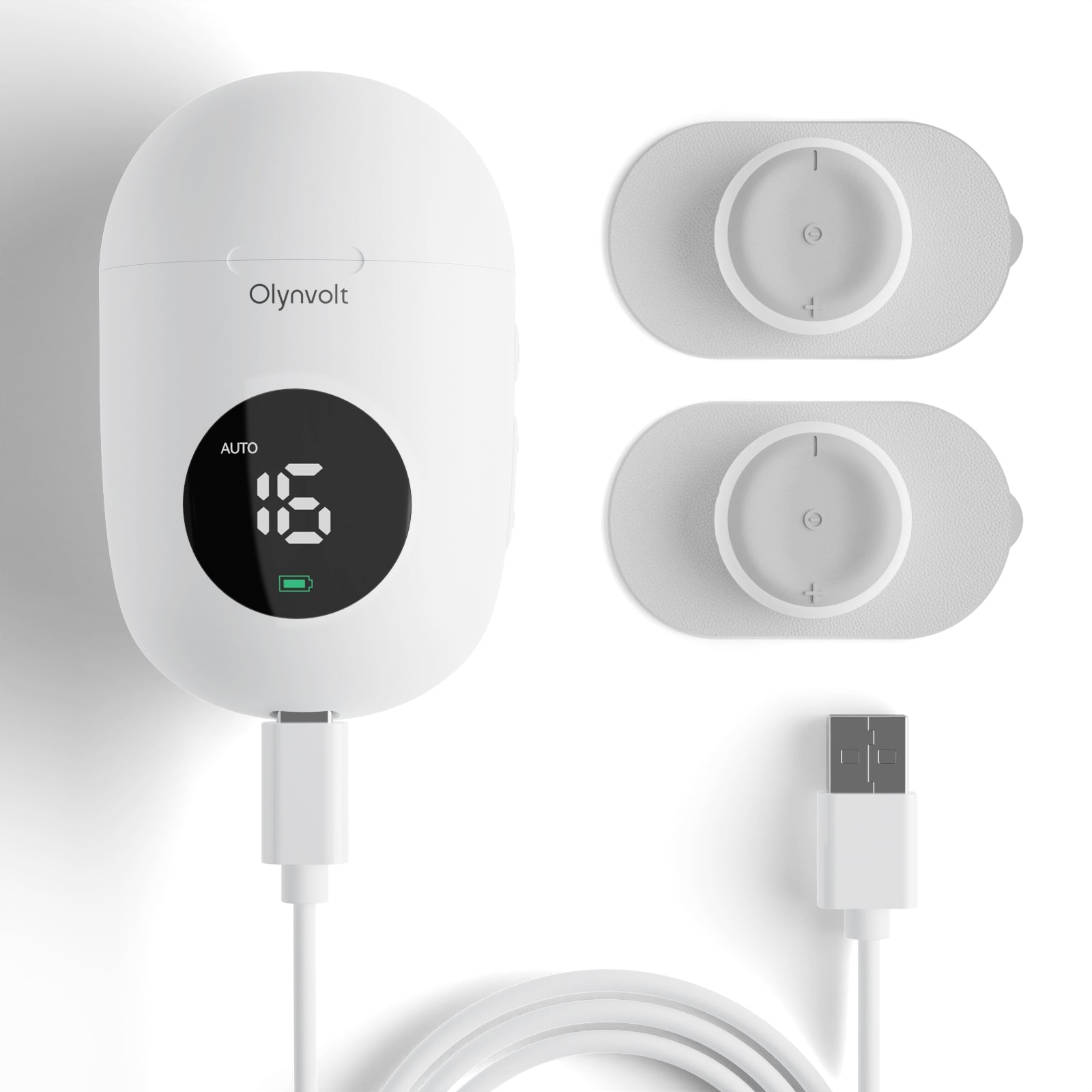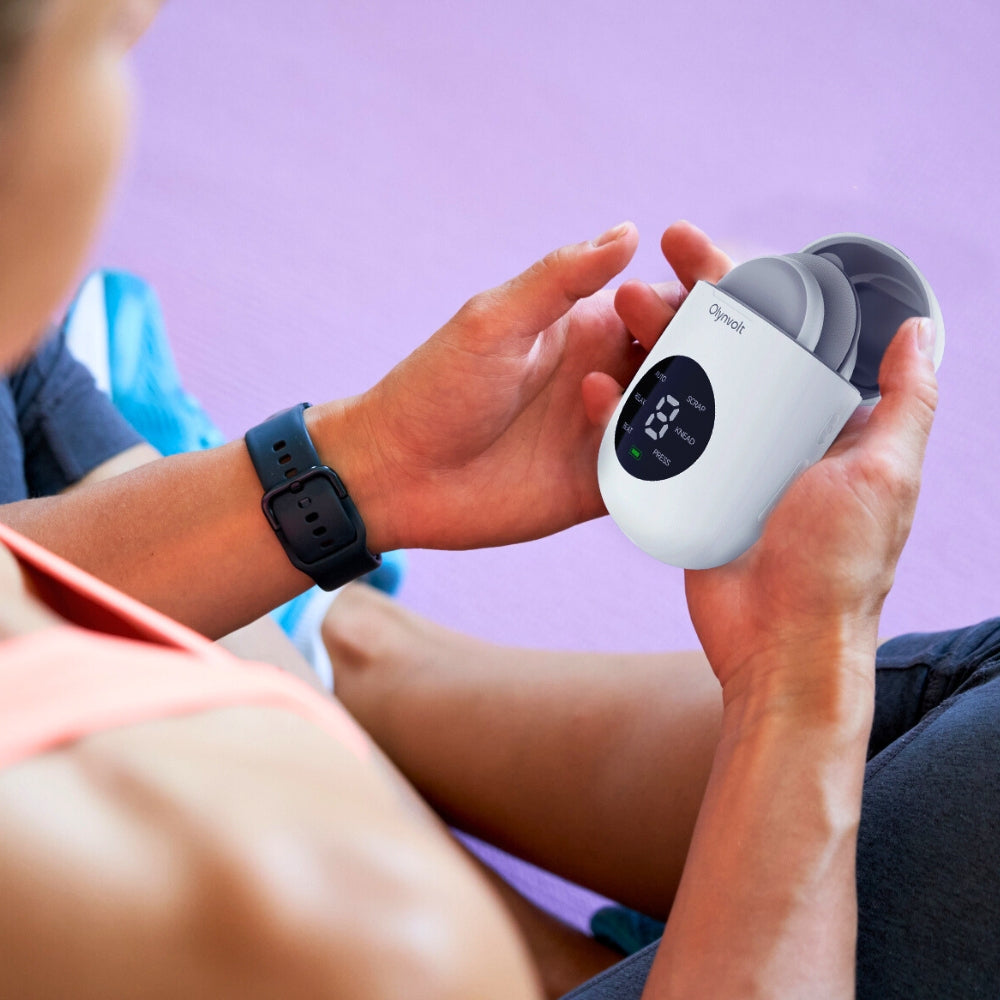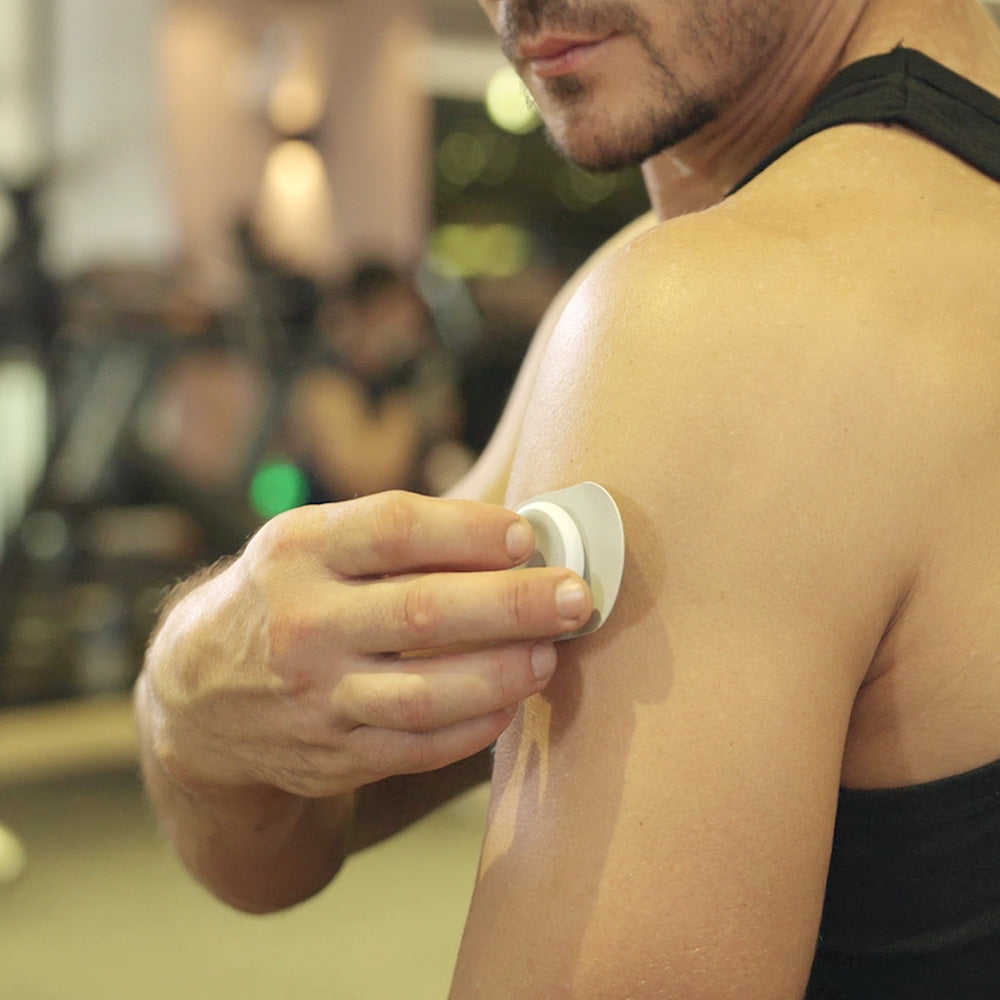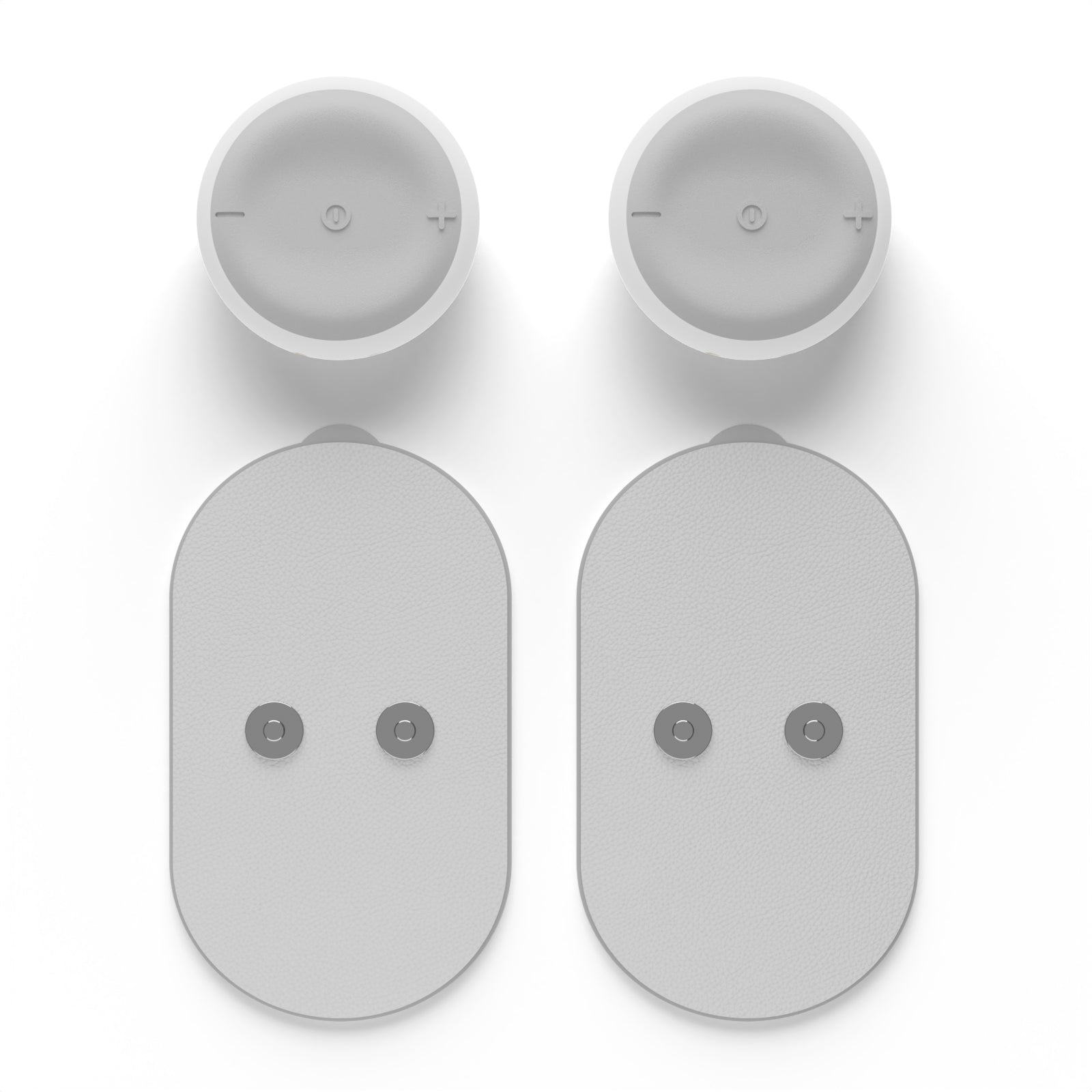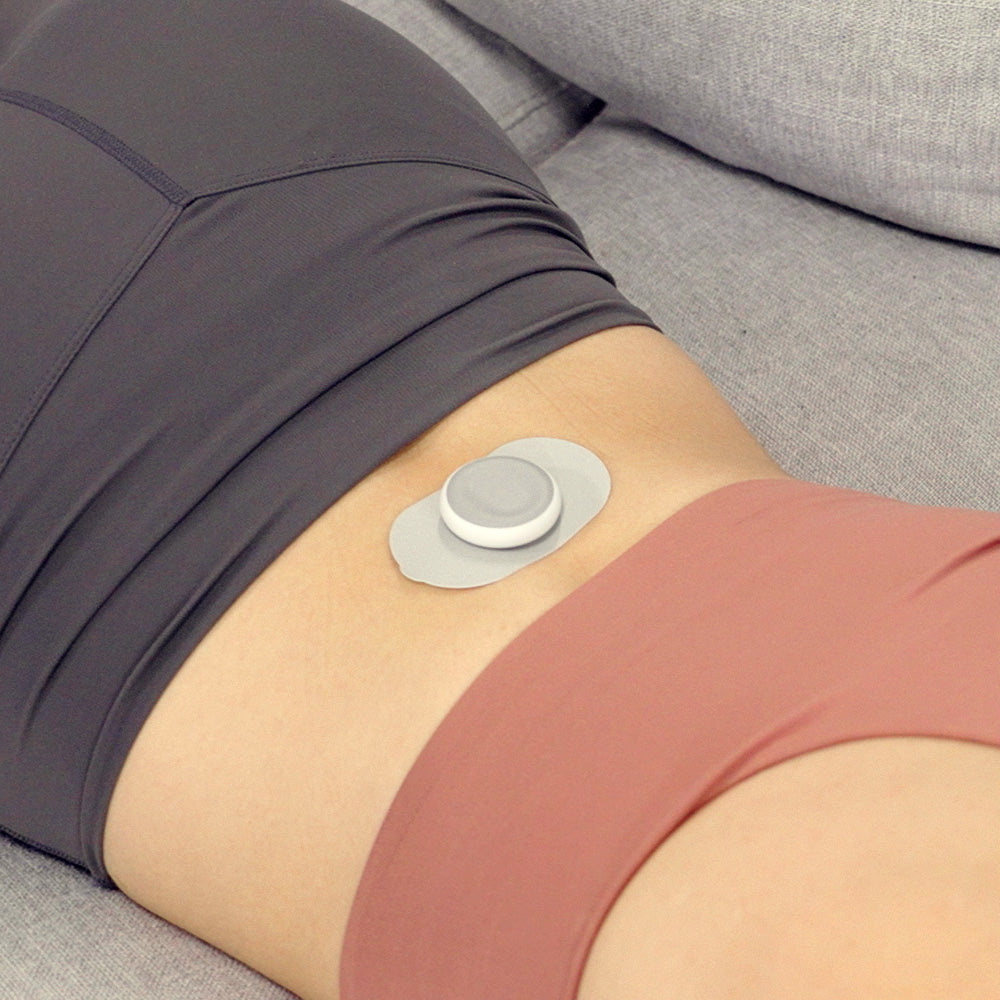Transcutaneous electrical nerve stimulation (TENS) units have become increasingly popular for managing pain and promoting well-being. However, ensuring their safe and effective use requires a clear understanding of the technology and proper application. In this article, we delve into the safety aspects of TENS units to help users make informed decisions about their usage.
Understanding TENS Technology:
TENS units work by delivering mild electrical impulses through electrodes placed on the skin. These impulses stimulate the nerves, interfering with pain signals and promoting the release of endorphins, the body's natural painkillers. While TENS therapy is generally considered safe, certain precautions should be observed to minimize potential risks.
Electrode Placement and Skin Sensitivity:
Proper electrode placement is crucial for effective and safe TENS therapy. Ensure that the skin is clean, dry, and free from cuts or abrasions before applying the electrodes. Avoid placing electrodes over areas with broken skin or wounds, as this may cause discomfort or irritation. Additionally, individuals with sensitive skin should use caution and monitor for any adverse reactions.
Adjusting Settings and Intensity:
When using a TENS unit, start with low-intensity settings and gradually increase as tolerated. Avoid using the device at maximum intensity levels, as this may cause discomfort or muscle twitching. If you experience any unusual sensations or discomfort during treatment, immediately lower the intensity or discontinue use and consult a healthcare professional.
Avoiding Certain Areas and Conditions:
Exercise caution when using TENS therapy near certain areas of the body, such as the eyes, head, or throat. Additionally, individuals with certain medical conditions, including epilepsy, heart problems, or pregnancy, should consult a healthcare provider before using a TENS unit. TENS therapy is generally considered safe for most individuals, but it is essential to consider individual circumstances and medical history.
Monitoring and Supervision:
Always supervise TENS therapy sessions, especially when used by children, elderly individuals, or individuals with cognitive impairments. Regularly check the skin under the electrodes for any signs of irritation or redness. If irritation occurs, discontinue use and allow the skin to heal before resuming therapy.
Conclusion:
TENS units offer a non-invasive and drug-free approach to pain management, but proper usage is essential to ensure safety and efficacy. By understanding the technology, following guidelines for electrode placement, adjusting settings cautiously, and monitoring for adverse reactions, users can enjoy the benefits of TENS therapy while minimizing potential risks. As always, consult with a healthcare professional for personalized advice and recommendations regarding TENS unit use.
Disclaimer: The information provided in this article is for educational purposes only and should not be construed as medical advice. Always consult with a qualified healthcare professional for personalized diagnosis and treatment recommendations.

